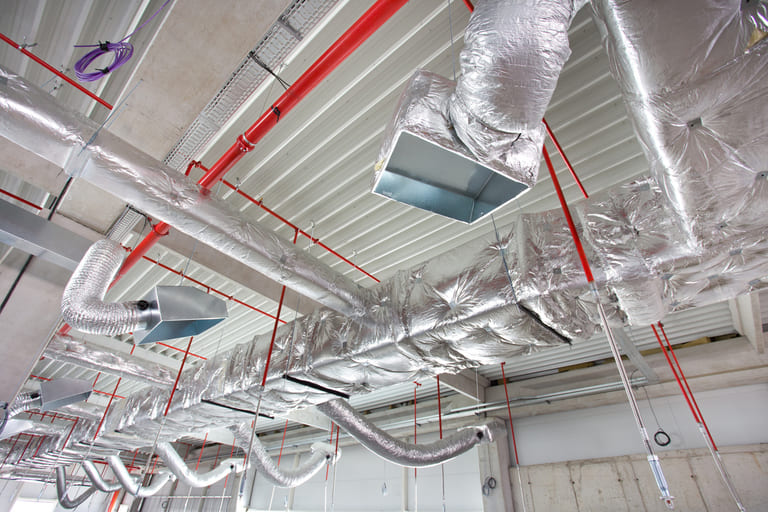

Taiyo Kogyo Column
Are there restrictions on where drones can be flown? There are penalties for unauthorized use! Let’s fly with a proper understanding!
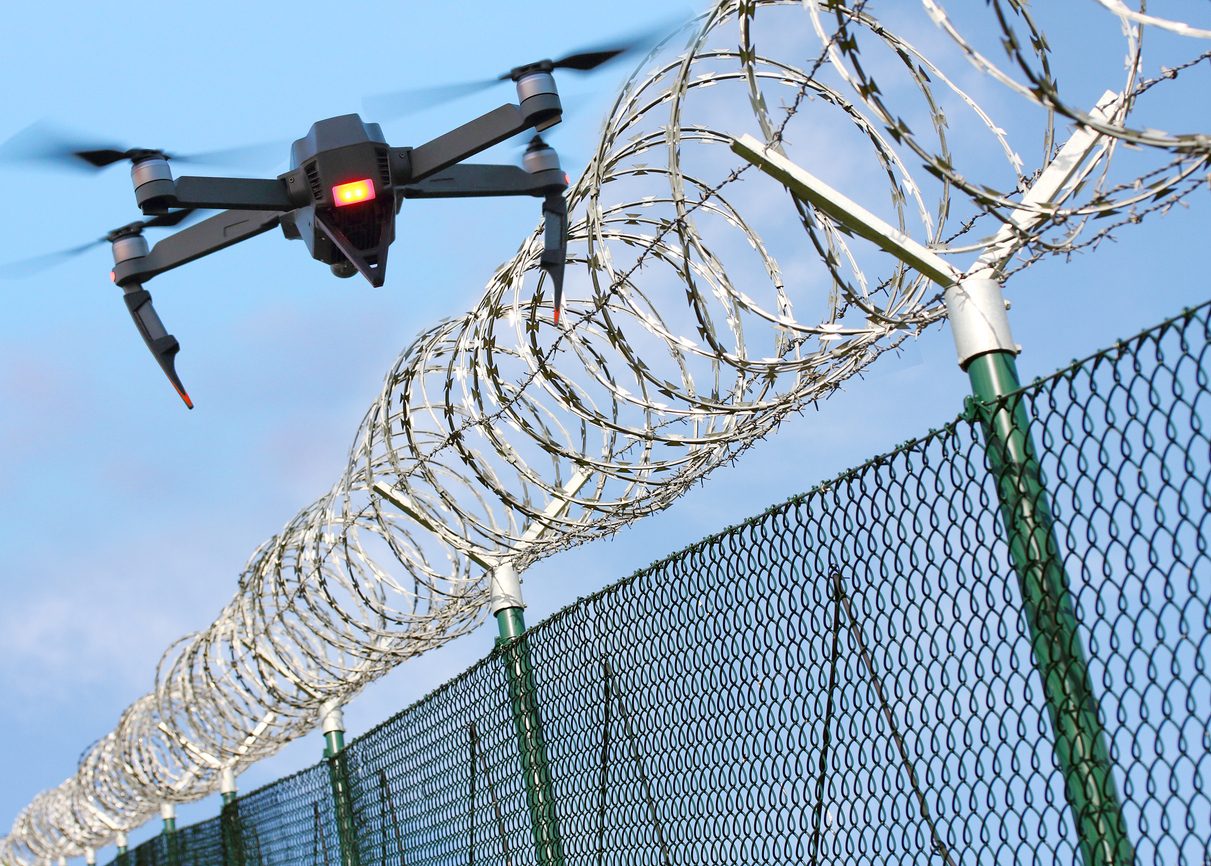
Drones are becoming increasingly popular among both companies and individuals. Do you know where you are allowed to fly a drone as specified by law and ordinance?
This article explains, with conditions, where you need a permit to fly a drone, where you can fly without a permit, and where you cannot fly.
There are no-fly zones and places where flying a drone without a permit may result in [penalties], so be sure to properly understand the flight rules and where you can fly before use.
What are the places where drones can be flown?
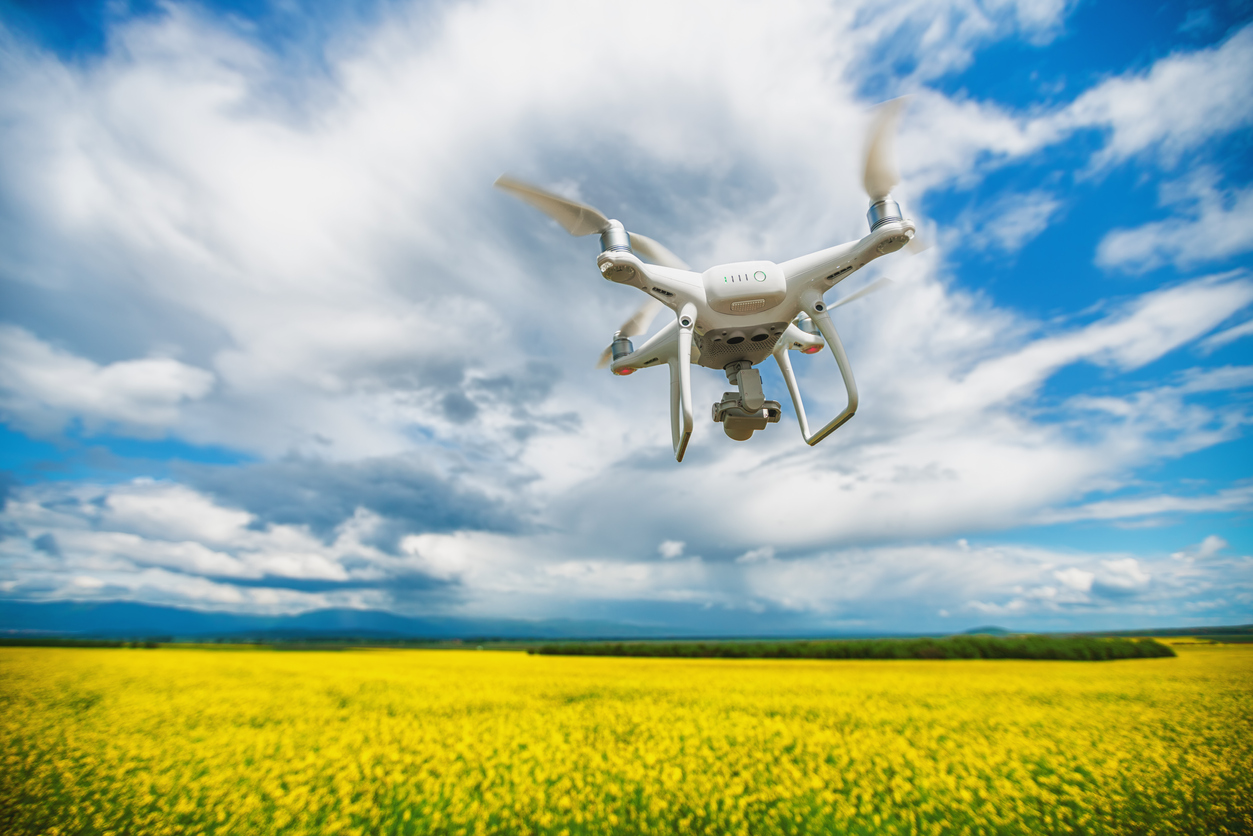
Before knowing where you can fly, you should first know the general rules of flight.
The two broad rules are as follows
- Drones have “no-fly zones.”
- No-fly zones” vary by weight.
Each will be explained in detail.
Drones have "no-fly zones."
Drones are subject to “no-fly zones,” which are areas where the law states that drones may not be flown. Whether you are a company or an individual, you must obtain prior permission to fly from the competent authorities or other agencies.
Using a drone without permission in a no-fly zone can result in arrest in the worst case. If you want to fly a drone, check first whether the place you want to fly is a no-fly zone.
Where the drone can be flown depends on its weight.
The no-fly zone depends on the weight of the drone. Specifically, the legal rules differ depending on whether the drone weighs “more than 100g” or “less than 100g. The rules applicable to drones weighing 100g or more are as follows
- No flying in densely populated areas
- No flying above 150m
Conversely, drones weighing less than 100g can be used in densely populated areas and above 150m. However, when flying a drone, various rules other than those mentioned above apply, so care must be taken even with small aircraft.
As will be explained in more detail later, if you are near an airport or in a location where it is prohibited by ordinance, you will need a permit even if the weight is less than 100 grams.
Places where drones can be flown [without permission].
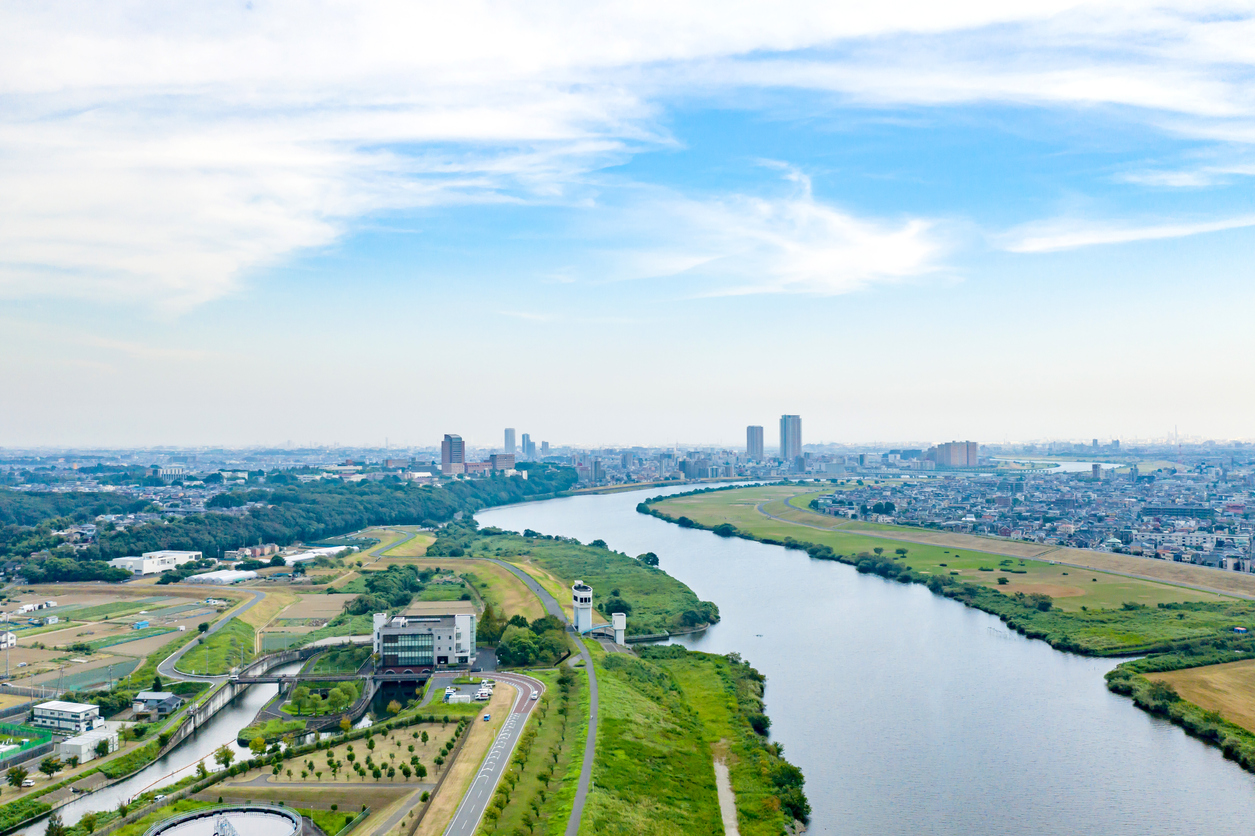
If you are looking for a place to practice or take photos that does not require a permit, consider the four places we are about to introduce.
1. Riverbeds (outside of no-fly zones)
Riverbanks are places where drones can be used without a permit. With ample space and low population density, they are often chosen for drone practice and filming. However, the only places where you can use a drone without a permit are riverbanks outside of no-fly zones. We will show you how to check the no-fly zones later on.
2. Own land (outside the no-fly zone)
You can use a drone without a permit if the land you own is in a no-fly zone. Conversely, if the land you own is in a no-fly zone, you cannot use a drone without a permit.
3. Drone practice area
Dedicated drone ranges are one of the most common places where drones can be used without a permit. Practice sites in urban areas are often located indoors, while those in suburban areas are often located outside of no-fly zones, so users do not need to obtain their own permits. If you do not have a riverbed near your home and your own land, you may want to look for a dedicated drone practice site.
4. Indoors and netted outdoors
Indoor locations such as warehouses and gymnasiums are allowed to fly drones without a permit, regardless of whether they are in a no-fly zone or not. Since drone no-fly zones are basically considered based on the “sky,” indoor areas are outside of the study area.
Also, outdoor areas enclosed by nets, such as sports fields, are basically treated the same as indoor areas. Please check carefully before use, along with the owner’s permission, as this is limited to cases where there is no risk of the aircraft flying outside.
Permit required] Places where drones can be flown.
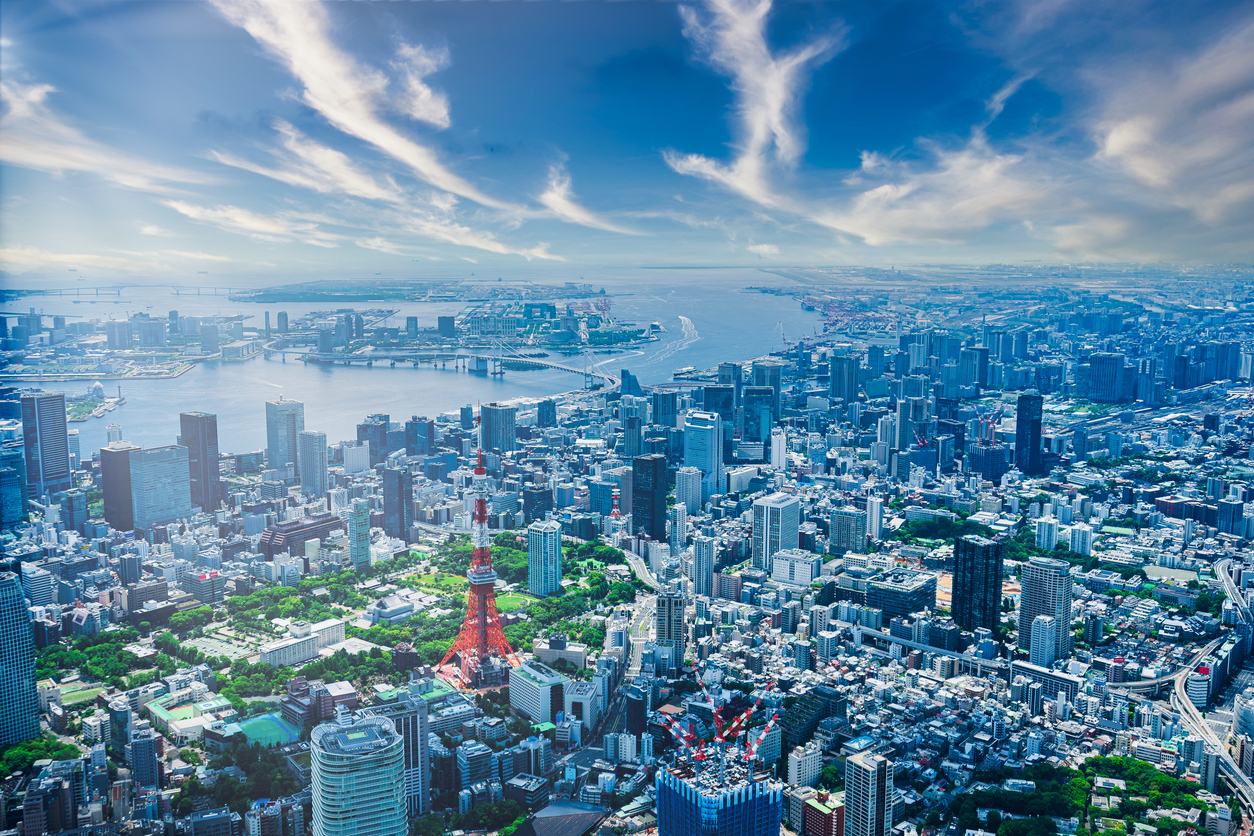
The following locations are classified as no-fly zones. Be sure to obtain permission before using a drone.
1. Over the road
Since drones are not prohibited to fly over roads, flying them without a permit is not a problem. However, if you want to take off and land on a road, you must apply for a “road use permit” at the local police station in accordance with the Road Traffic Law.
2. Private property of others
According to the Civil Code, drones cannot be flown without permission on the private property of others. Even in places such as buildings, condominiums, commercial facilities, tourist attractions, train stations, etc., where an unspecified number of people enter and exit, if a company or individual owns the property, it is “someone else’s private property”. If you want to use a drone on someone else’s private property, you need to check with the manager or owner.
3. Over the air around the airport
In principle, drone flights are prohibited in the airspace around airports. If you must fly, you must obtain permission from the Minister of Land, Infrastructure, Transport and Tourism, consent from the airport administrator, and confirmation with the Prefectural Public Safety Commission.
The rules for prohibited areas also vary among the eight major airports in Okinawa-Hokkaido and other smaller airports. Details are as follows
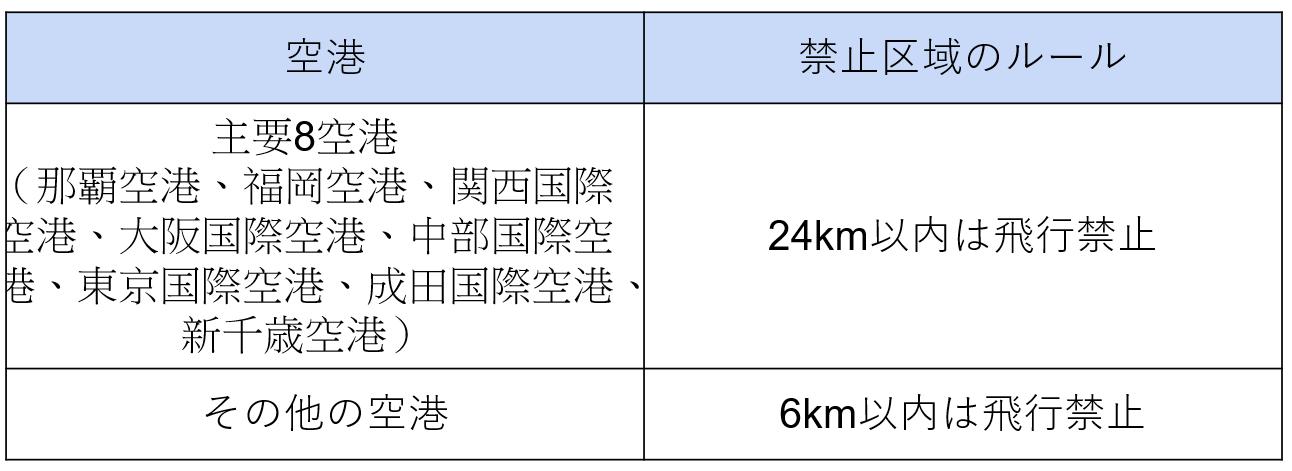
To learn more about the areas where permits are required, please visit the website of the Ministry of Land, Infrastructure, Transport and Tourism.
(Reference: Ministry of Land, Infrastructure, Transport and Tourism HP)
Eight major airports: ” Designation of airports where flights of small unmanned aircraft, etc. are prohibited under the Law Concerning Prohibition of Flights by Small Unmanned Aircraft, etc. ”
Other airports: ” Contact information for airport installation managers and agencies with airspace jurisdiction “
4. 150 m above the ground
In principle, drones are prohibited by the Civil Aeronautics Law from flying above 150 meters above the ground or water surface. The reason for this is that the Civil Aeronautics Law stipulates that the minimum altitude at which airplanes, helicopters, and other aircraft can fly is “150 meters. If a drone flies above 150 meters, there is a risk of collision with an airplane or helicopter.
If you really want to use a drone in the airspace above 150 meters, you must obtain permission from the Minister of Land, Infrastructure, Transport and Tourism and coordinate with the competent authorities in that airspace.
5. Over the coast and rivers
In the airspace over beaches and rivers, drone flights may be prohibited by ordinances or administrators. However, if permission is obtained from the ordinance or administrator, there is no problem with flying a drone. Contact the local government for ordinance permission and the management office for management permission.
6. Overhead around the Foreign Hall
Foreign diplomatic missions are the following two facilities
- embassy
- consulate
If you wish to use a drone in the vicinity of these facilities, you must obtain the consent of the facility manager and notify the police.
7. Airspace around defense-related facilities
Defense-related facilities are the following two facilities
- self-defense facility
- U.S. military installations in Japan
If you wish to use a drone in the vicinity of these facilities, you must obtain the consent of the facility manager and notify the police.
8. Airspace over the vicinity of nuclear power plants
Nuclear power plants are facilities related to nuclear power generation. If you wish to use a drone in the vicinity of a nuclear facility, you must obtain the consent of the facility manager and notify the police.
9. Over the air around nationally important cultural properties
In principle, drone flights are prohibited over the airspace around nationally important cultural properties.
Important cultural properties in Japan are, for example, the following buildings.
- Grand Shrine at Ise
- Izumo Temple (Shimane)
- Himeji Castle
If you damage an important cultural property by drone accident, you may be penalized for “violation of the Law for Protection of Cultural Properties” in the worst case. If you want to use a drone around an important cultural property, be sure to obtain permission from the administrator.
10. Over the air above the park managed by the municipality
In principle, drone flights are prohibited over parks managed by local governments. In Tokyo, for example, all metropolitan parks managed by the Tokyo Metropolitan Government fall under the no-fly zone. Basically, applications for permission are not accepted, so avoid using drones in parks managed by local governments.
Some parks outside of Tokyo also prohibit drone flights. If you are not sure if flying is prohibited, check with the local government. Even if the municipality does not prohibit the use of drones, the park manager may prohibit the use of drones on his/her own.
In such cases, again, check with the administrator.
11. Over Population Concentration Districts (DID Districts)
Population concentrated areas such as urban centers are also known as “DID districts.” In DID districts, drone flights are prohibited in principle by the Civil Aeronautics Law, and permission from the Minister of Land, Infrastructure, Transport and Tourism is required in order to fly.
However, a drone may be flown without a permit if the following conditions are met
- I have a national certification in drones.
- Entry control measures are in place.
- The aircraft is certified.
As we will discuss in more detail later, you can check the GSI map to see if the area where you want to fly your drone is a DID district.
Reference: ” GSI Map (Denshi Kokudo Web )
12. Over the vicinity of important national facilities (300 m perimeter)
Drones are prohibited from flying in the airspace (300m in circumference) around important national facilities under the “Law Concerning the Prohibition of Flights by Small Unmanned Aircraft and Other Unmanned Aircraft”. Important facilities in Japan specifically include the following facilities.
- National Diet Building
- Imperial Palace and Palace
- political party office
- Supreme Court Building
- Prime Minister’s official residence
- Crisis Management Administration
Use of a drone in the vicinity of these facilities requires the consent of the facility’s management and notification to the police with jurisdiction.
Separate application] Six cases where application is required by the Civil Aeronautics Act.
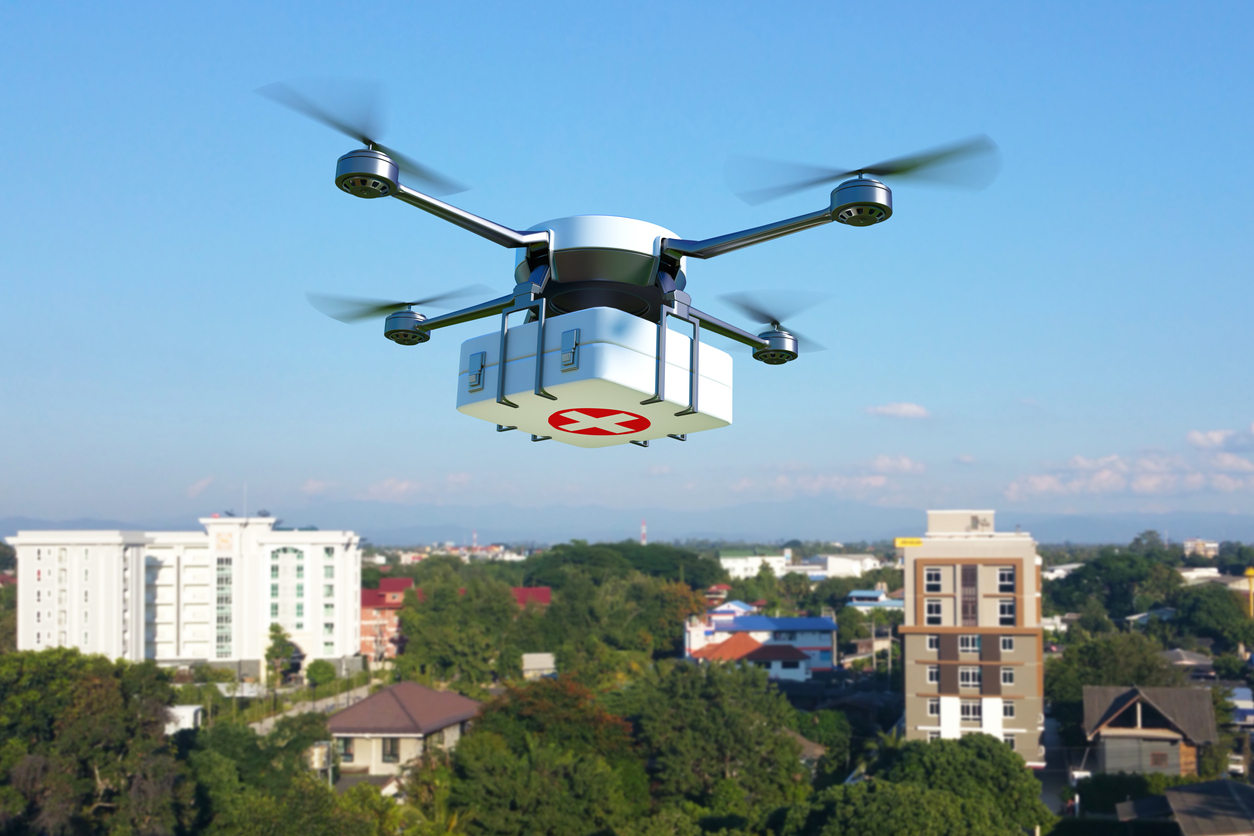
From here, we will introduce cases where an application is required depending on the “method” of flying the drone, rather than the “location” where the drone can be flown. The application will vary depending on what you do with the drone, so please check carefully here.
1. Cases of dropping things
Dropping objects from a drone onto the ground is prohibited by the Civil Aeronautics Law. If you want to drop an object, you must obtain permission from the Minister of Land, Infrastructure, Transport and Tourism. For example, home delivery using a drone, which has been seen in recent years, constitutes an act of dropping an object, and therefore cannot be carried out without a permit.
2. Cases carrying hazardous materials
Permission from the Minister of Land, Infrastructure, Transport and Tourism is required to transport hazardous materials. For example, fertilizers and pesticides used in agriculture are considered “chemicals. Because chemicals are considered hazardous materials, they cannot be transported by drone without a permit. The same applies to hazardous materials other than fertilizers and agricultural chemicals.
3. Cases of flying at night
Permission from the Minister of Land, Infrastructure, Transport and Tourism is required to use a drone at night. However, there is no problem with using a drone at night if the following points are taken into consideration.
- The aircraft is certified.
- Entry control measures are in place.
- I have a national certification in drones.
4. Cases of flying to invisible places
When flying a drone, there are rules that require the operator to visually check the drone and its surroundings. If the drone is to be flown in an area that cannot be seen, permission must be obtained from the Minister of Land, Infrastructure, Transport and Tourism. When an assistant is supporting the drone, when the drone is flown in the shadow of a mountain, or when the pilot removes his/her line of sight to look at the monitor, these are also considered “flying in a place that cannot be seen” and require the same permission from the Minister of Land, Infrastructure, Transport and Tourism.
However, if the following points are taken into account, it is acceptable to fly a drone in an area where it cannot be seen.
- The aircraft is certified.
- Entry control measures are in place.
- I have a national certification in drones.
5. Cases flown at events and festivals
The use of drones at events and festivals is prohibited by the Civil Aeronautics Law. If you must fly, you must obtain permission from the Minister of Land, Infrastructure, Transport and Tourism.
6. Cases of approaching people or objects (within 30m)
The Civil Aeronautics Law requires that drones be flown at least 30 meters away from people and objects; if you want to fly closer than 30 meters, you must obtain permission from the Minister of Land, Infrastructure, Transport and Tourism.
However, those who take the following points into consideration may approach within 30 meters of a person or object.
- The aircraft is certified.
- Entry control measures are in place.
- I have a national certification in drones.
How to confirm where you can fly your drone [5 options].
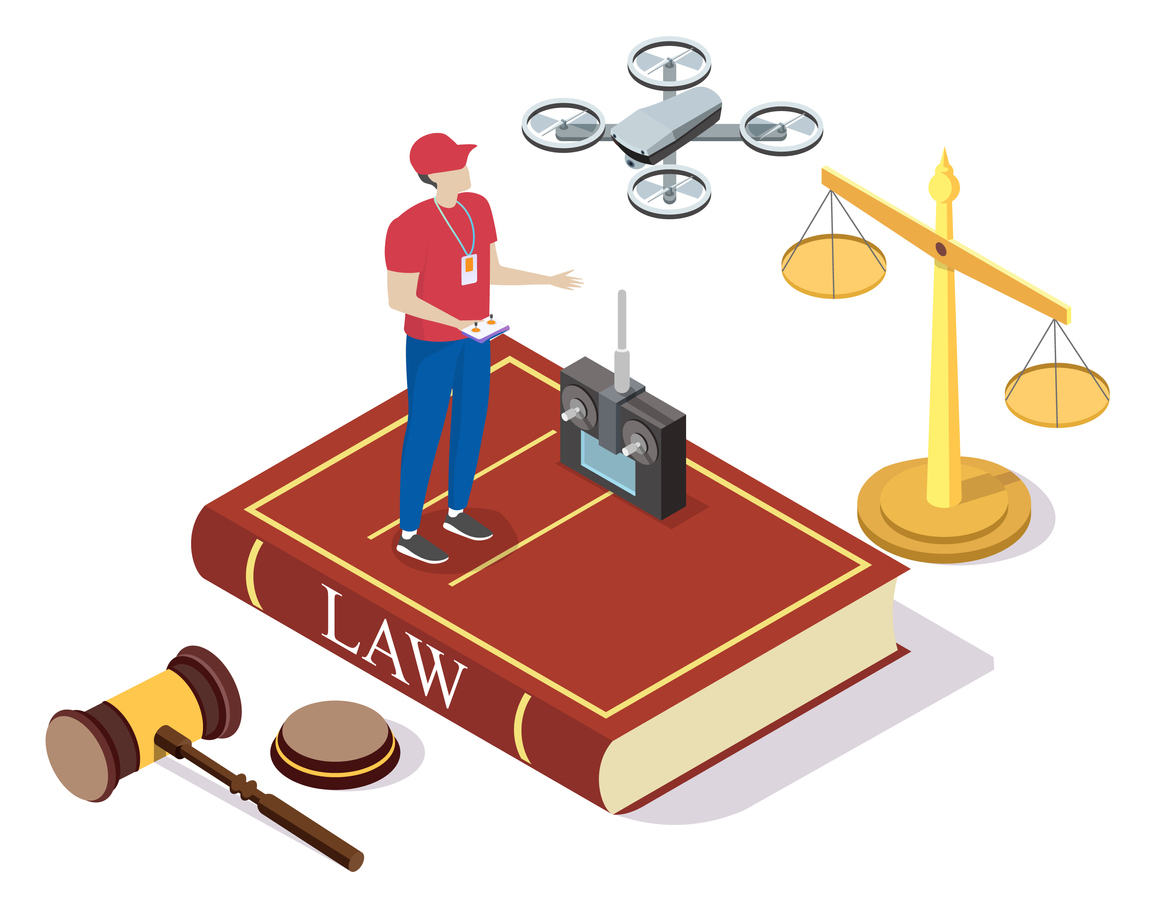
Here are five ways to check where you can fly your drone.
Before actually flying a drone, check the following five methods to ensure that the area is not a “no-fly zone” or prohibited by ordinances or management.
1. Check the ordinances
Check the ordinances of the prefecture or municipality where you wish to fly your drone.
Ordinances of each municipality are summarized in ” Ordinances Restricting the Flight of Unmanned Aircraft, etc. ” by the Ministry of Land, Infrastructure, Transport and Tourism. If you have any questions or need confirmation before flying, contact the phone number listed.
2. Check with the administrator.
Permission to fly a drone in the following three locations must be obtained from management.
- (public) park
- rivers
- coast
Even if the above locations do not prohibit flying by law or ordinance, the administrator may have their own rules. Even in locations where the law or ordinance states that flying a drone is allowed, it is safer to refrain from flying a drone if you cannot obtain permission from the administrator.
3. Check in person at the site
If you do not know who to contact or who the manager is, go directly to the site to confirm.
For example, in the case of rivers, the contact information of the management office may be listed on a signboard at the site. If you contact the number listed and obtain permission from the manager, there is no problem with flying a drone.
4. Check the application and website.
In recent years, apps and websites can be used to check no-fly zones. Since it is difficult just to find a no-fly zone when you are not familiar with it, you should proactively use the following useful tools.
The following are four typical apps and websites that can be used to check no-fly zones.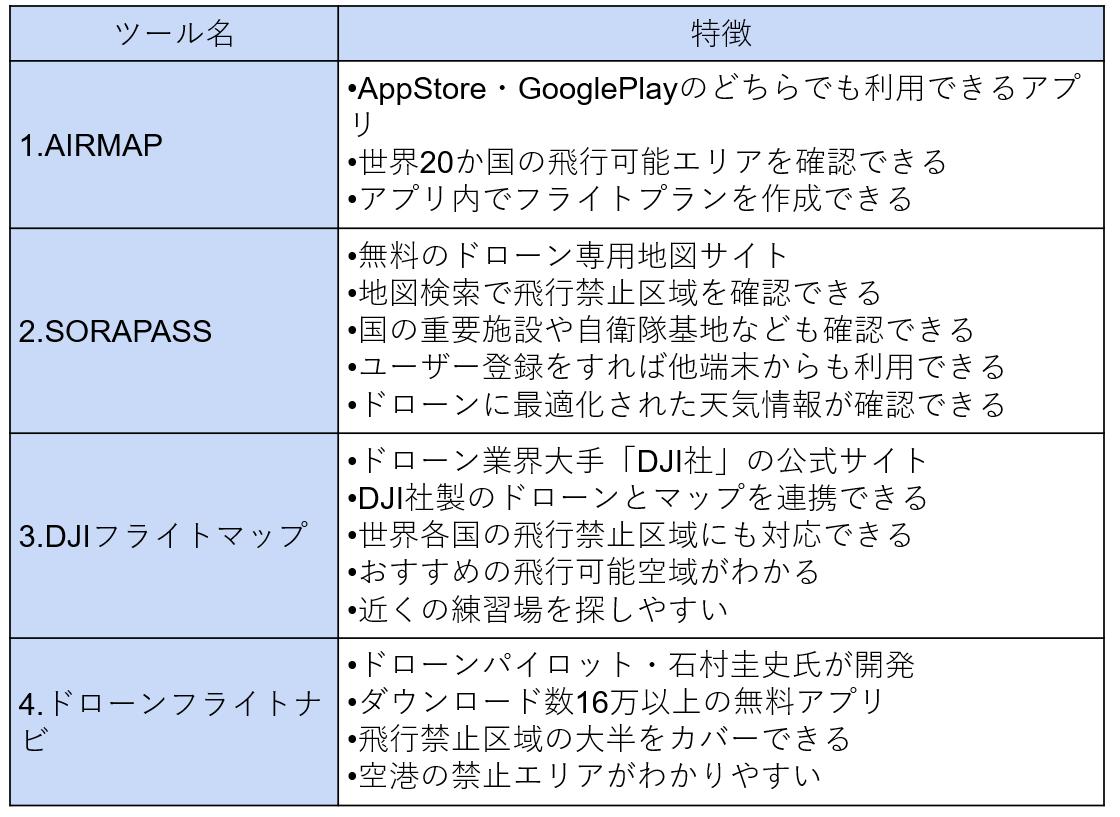
If these apps and sites can determine that the area is not a “no-fly zone,” then the location will likely allow unauthorized drone use.
5. Check with GSI's map
Population concentration districts (DID districts) are prohibited by the Civil Aeronautics Act, and DID districts are designated based on the census conducted every five years, with the latest information available on the Geospatial Information Authority of Japan’s GSI Map (Denshi Kokudo Web).
GSI’s maps are available on the web, making it easy for anyone to check DID districts. The confirmation method is simple: simply search for the area where you want to use your drone by place name.
Areas marked in red on the map are areas where a permit is required to use a drone weighing 100 g or more; drones weighing less than 100 g may be used without a permit in the areas marked in red.
Two places where drones cannot be flown
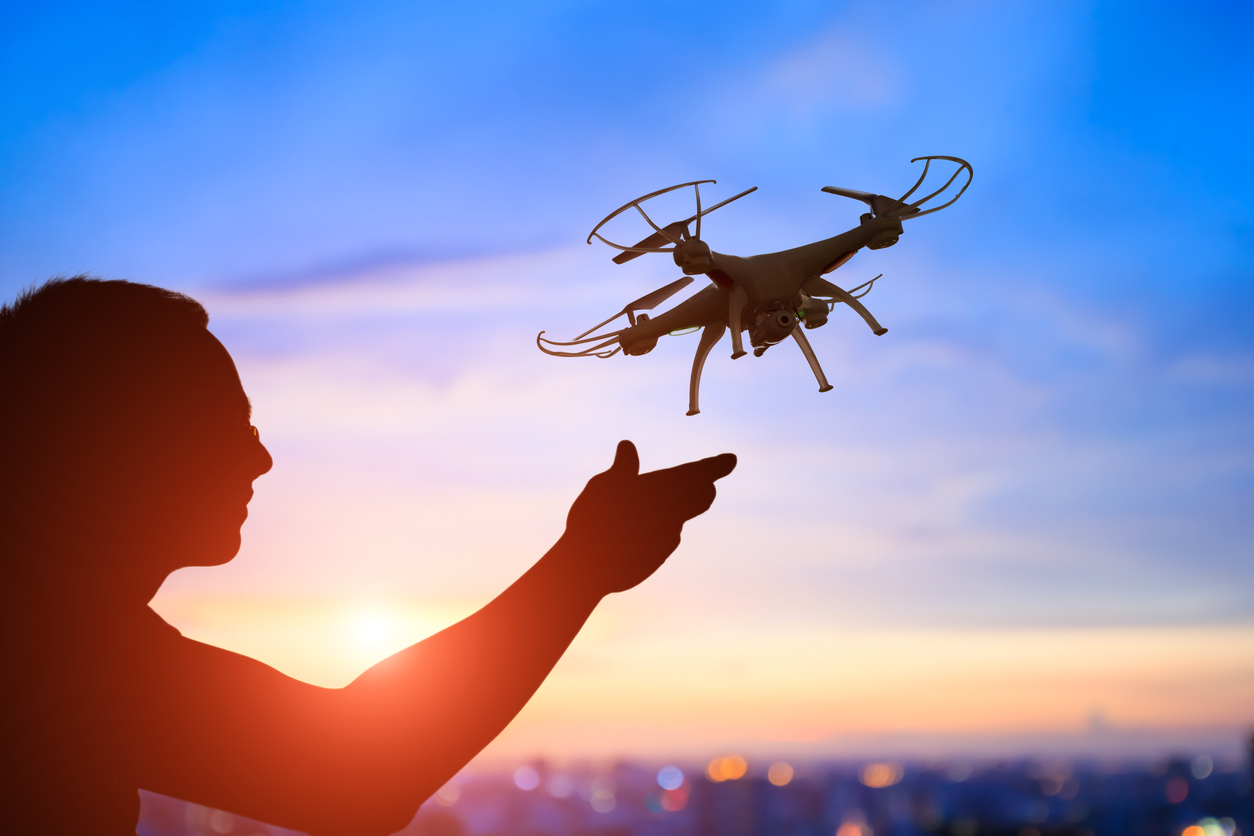
Here are two places where drones cannot be flown.
- Where prohibited by law
- Locations prohibited by the Guidelines
Note that these locations are basically not allowed to apply for permits either.
1. Where prohibited by law
The places where drone flights are prohibited by law are, without a doubt, the “emergency operations airspace” in general.
Emergency duty airspace is airspace where aircraft are expected to be used by firefighters and police in the event of an emergency. Emergency duty airspace is an area designated in the event of an emergency, and drone flights are completely prohibited from that moment on.
If an emergency airspace is designated, flying is not allowed even if permission has been obtained in advance. In addition, pilots are required to “confirm whether or not the area is an emergency airspace” before flying a drone. The Emergency Duty Airspace can be checked on the website of the Civil Aviation Bureau of the Ministry of Land, Infrastructure, Transport and Tourism below, so please check it when you need to fly.
Reference: ” Ministry of Land, Infrastructure, Transport and Tourism, Civil Aviation Bureau Website “
2. Locations prohibited by the guidelines
In addition to the law, the “Guidelines for the Safe Flight of Unmanned Aerial Vehicles” also sets rules for drone flights.
These guidelines prohibit flying in the following two locations
- Overheads of Shinkansen bullet trains, highways, etc.
- Over the airspace of hospitals, schools, and other places where an unspecified number of people gather.
The above two locations could result in serious damage, including injury from a crash, damage from a collision, contact with power lines, or ignition of gasoline. Safety is the first priority, and drones should be flown in accordance with laws and guidelines.
What happens if I fly a drone in a prohibited area? What happens if I fly a drone in a prohibited area?
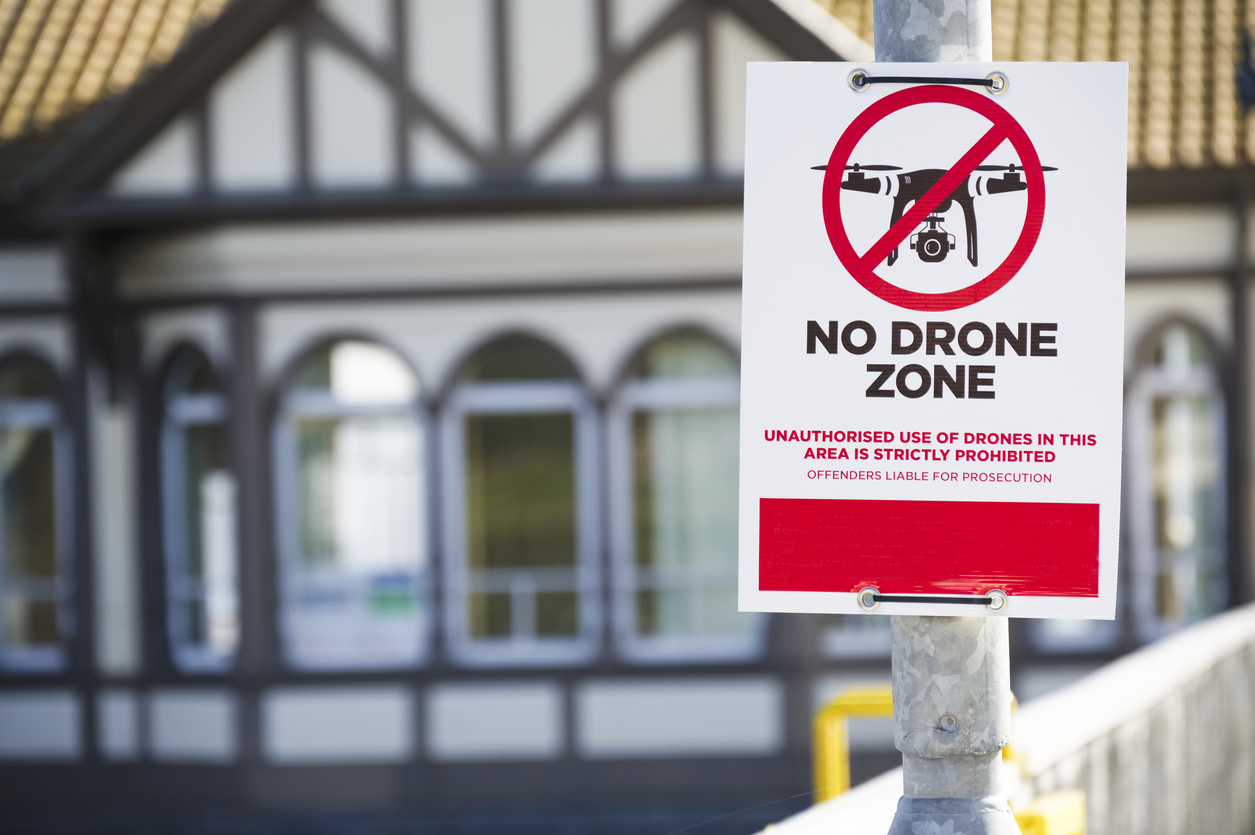
Are there any penalties from legal authorities for flying a drone in a prohibited area?
To sum up, there are penalties.
If you use a drone in a no-fly zone (without a permit), the law provides the following penalties

In central Tokyo, all areas are densely populated, so there are almost no places where drones can be flown outdoors without permission.
Some people may think that if they do it secretly, they will not be caught, but there have actually been cases of arrests. There are cases where a passerby reports a case or where a person is found to be “flying in a no-fly zone” after seeing a posted video or photo, so be sure to follow the laws and rules.
summary
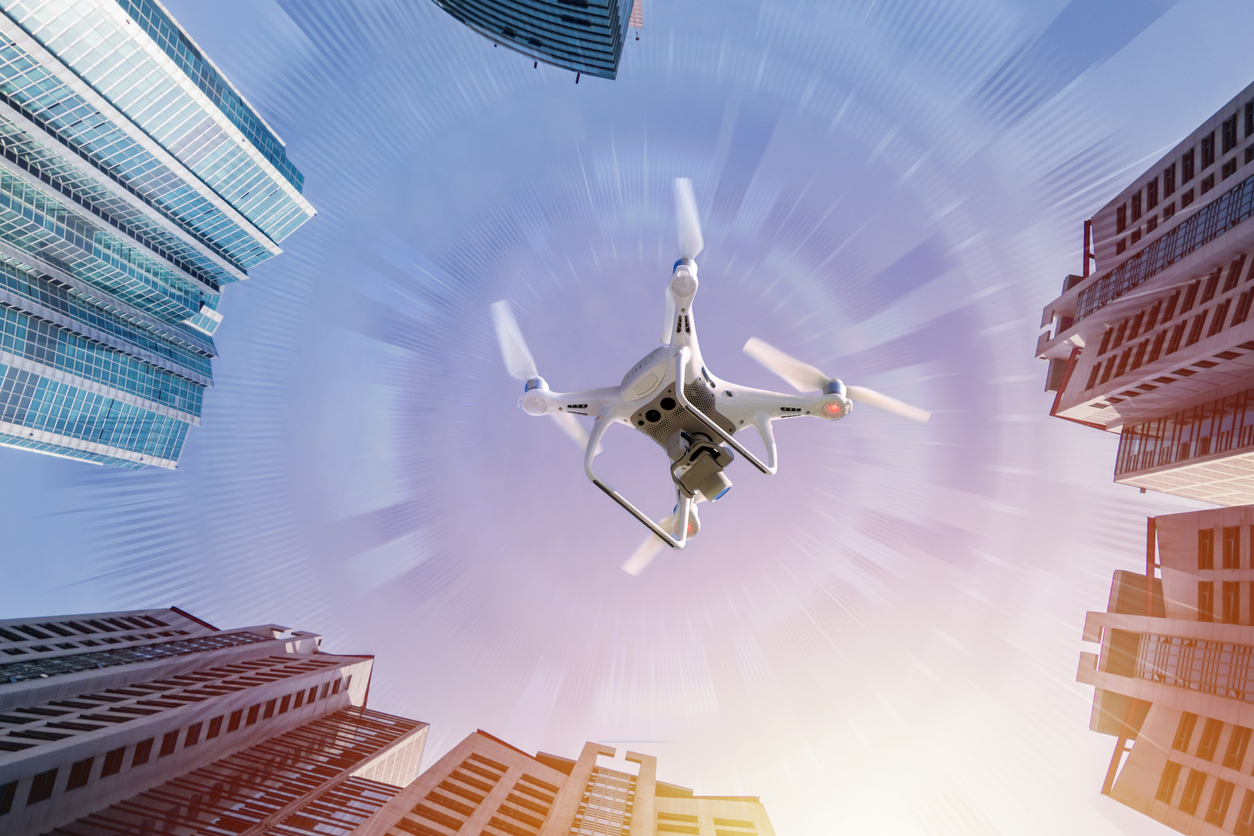
The Civil Aeronautics Law and various other laws and ordinances strictly define the areas in which drones can be flown. It is convenient to use the apps and websites introduced here to check if the area you wish to fly is a flight-capable area.
I can’t quite figure it out by checking the app.”
I’m too lazy to contact management.”
I want to fly my drone without a permit.”
If so, we recommend an “indoor drone practice range,” which basically allows you to fly your drone without a permit. For those who do not have a practice range nearby, or for companies that want to set up their own practice range, one option is to construct a practice range in a “tent warehouse.
For example, tent warehouses offer the following advantages
- low cost
- short-term construction
- Excellent durability
Tent warehouses are also used by many advanced manufacturers and logistics businesses. They are so bright and durable that lighting is unnecessary during the day, making them a comfortable place to practice drones.
If you want to commission a tent warehouse, we recommend Taiyo Kogyo Corporation, a manufacturer that has been in business for 100 years & has the No.1 market share in Japan.
Tent Warehouseへの
Contact us
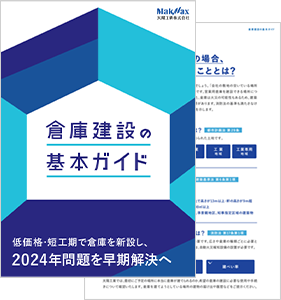
What you need to know when building a warehouse
We packed it all in.
Clues to solving the 2024 problem
Recommended for
I don't know where to start in building a warehouse.
I want to build a warehouse in an economical way.
Which type of warehouse should we build?
I want to learn the basics of warehouse construction anyway.
I'm concerned about the 2024 problem, but I don't know what to do about it.
Related Articles
- TOP>
- Taiyo Kogyo Column>
- Are there restrictions on where drones can be flown? There are penalties for unauthorized use! Let’s fly with a proper understanding!







